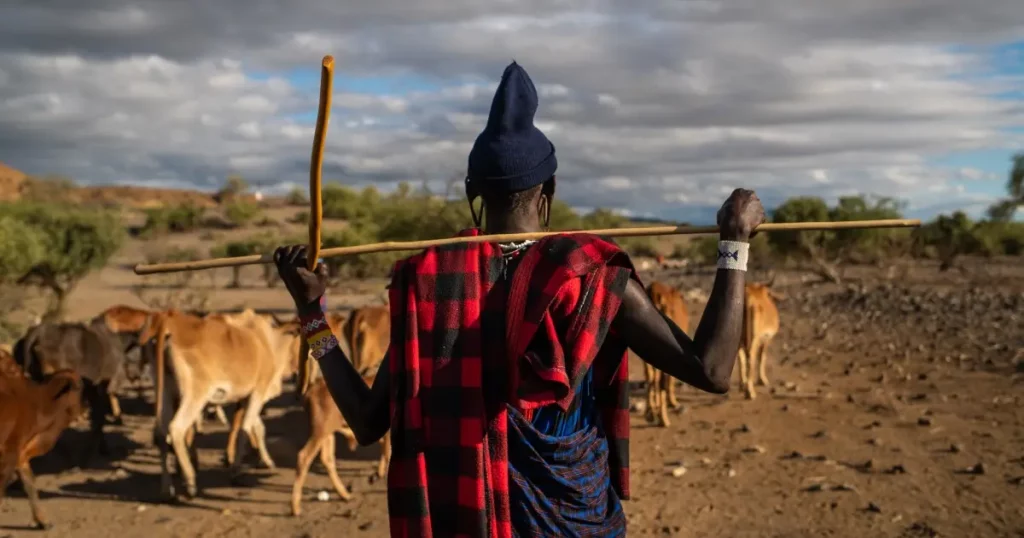Exploring the Maasai Culture in Kenya: A Responsible Tourist’s Guide
The Maasai, one of Kenya’s most well-known indigenous communities, are renowned for their vibrant traditions, distinctive attire, and deep connection to the land. Visiting a Maasai village can be a fascinating and enriching experience, offering a glimpse into a way of life that has endured for centuries. However, it’s essential to approach this experience with respect and mindfulness to ensure that your visit is both meaningful and responsible.
Here’s a guide to exploring the Maasai culture in Kenya responsibly.
1. Who Are the Maasai?
The Maasai people are semi-nomadic pastoralists who inhabit Kenya and Tanzania. Known for their colorful shukas (traditional garments) and intricate beadwork, the Maasai have maintained their cultural practices despite modernization and external pressures. Their livelihood traditionally revolves around cattle, which they regard as a symbol of wealth and sustenance.
2. Choosing a Responsible Tour
Research Tour Operators
Not all tours are created equal. Choose operators that work in partnership with Maasai communities, ensuring fair compensation and cultural respect. Ethical tours prioritize the well-being of the community over commercial interests.
Ask Questions
Before booking, inquire about how the tour benefits the Maasai. Does it contribute to local development, education, or healthcare? Are the villagers actively involved in planning and decision-making?
3. What to Expect During a Visit
A visit to a Maasai village typically includes:
- Welcoming Ceremony: Guests are often greeted with traditional songs and dances.
- Cultural Demonstrations: Learn about Maasai traditions, from cattle herding to fire-making and beadwork.
- Home Tours: Experience a Maasai home (enkang) to understand their living arrangements.
- Local Markets: Purchase authentic beadwork and crafts directly from Maasai artisans, supporting their economy.
4. Tips for a Respectful Visit
Respect Personal Boundaries
While the Maasai are generally welcoming, always ask for permission before taking photographs, especially of individuals.
Dress Modestly
Wear clothing that covers your shoulders and knees to show respect for their cultural norms.
Engage Thoughtfully
Ask questions and show genuine interest in their way of life. Avoid making assumptions or comparisons that might be insensitive.
Support Local Economies
If you buy Maasai crafts, do so directly from artisans to ensure they receive fair payment.
5. Understanding Cultural Nuances
- Beadwork: Each piece of Maasai beadwork carries specific cultural meanings related to status, age, or marital status. Learning about these symbols adds depth to the experience.
- Cattle’s Importance: Cattle are central to Maasai life. Discussions about their significance can provide insight into their economy and spirituality.
- Polygamy and Age-Set System: These are traditional practices among the Maasai. Approach such topics with curiosity rather than judgment.
6. Challenges Facing the Maasai
The Maasai face numerous challenges, including land rights issues, climate change, and pressures from modernization. Many rely on tourism for supplementary income, making responsible tourism vital for their well-being.
7. Opportunities to Give Back
If you feel inspired to contribute beyond your visit:
- Donate to Community Projects: Look for organizations that support education, healthcare, or conservation efforts in Maasai regions.
- Support Sustainable Initiatives: Back programs that empower Maasai women through skills training or promote sustainable agriculture.
8. Beyond the Village: Experiencing Maasai Land
The Maasai live in some of Kenya’s most breathtaking landscapes, including:
- Maasai Mara National Reserve: Famous for the Great Migration and abundant wildlife.
- Amboseli National Park: Known for stunning views of Mount Kilimanjaro and Maasai-guided wildlife tours.
- Ngorongoro Conservation Area (Tanzania): A UNESCO World Heritage Site that allows for cultural and wildlife experiences.
Many Maasai serve as guides in these areas, offering unique perspectives on the ecosystem and its wildlife.
9. The Impact of Responsible Tourism
Visiting the Maasai responsibly can foster cultural exchange, support local economies, and promote the preservation of traditions. By traveling mindfully, you become part of a global effort to celebrate and sustain one of the world’s most iconic cultures.
Conclusion
Exploring the Maasai culture is a journey into a vibrant and resilient way of life. By approaching your visit with respect, curiosity, and a commitment to ethical tourism, you can ensure that your experience is not only memorable but also meaningful for the Maasai community.
Whether through song, dance, or heartfelt conversation, the Maasai have much to teach us about living in harmony with the land and each other. Let your journey be a celebration of their enduring spirit and your role as a responsible traveler.

